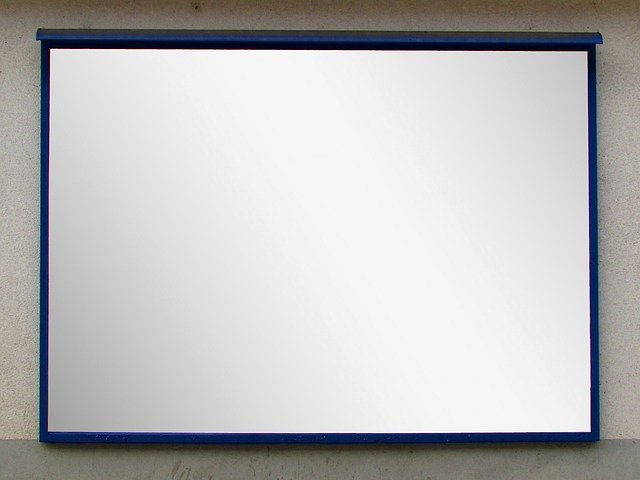Advertisers are becoming more aware of their role in showcasing diversity. But, as Dave Jones of The Drum Network member agency True argues for our Deep Dive on Marketing and the Marginalized, a representation gap still exists. Closing it will benefit communities and brands alike.
Stories matter. They affect how we view ourselves, each other and our place in the world.
If we don’t see people who look like us in the media – even the ads in a social media feed – then we take the message that we’re unimportant. Invisible.
When we only see people who look like us portrayed as negative, two-dimensional stereotypes, we take the message that maybe there’s something wrong with us too.
For decades, academics have been analyzing the effects of underrepresentation and misrepresentation in traditional media. Now research into digital channels is catching up. The findings make for depressing reading.
Studies commissioned by Facebook and YouTube into the campaigns on their platforms in the UK have found that, despite lofty brand pledges around diversity and inclusion, online ads fail to represent society.
When people from marginalized groups are featured, too often it’s in a way that reinforces negative stereotypes around gender, race, disability and sexuality.
It’s time the industry faces up to the representation gap in digital advertising.
How big is the gap?
In a review of over 2.7m videos, Google found that women accounted for just 34% of screentime in YouTube ads in the UK. Female characters who did feature were much younger than men, less likely to be shown with an occupation, and less likely to be shown in a leadership role.
Similarly, Facebook found that female characters were 14 times more likely than male characters to be shown in revealing clothing, and far more likely to be verbally or physically objectified. Male characters were much more likely to be shown working or in an office.
People with a disability accounted for just 1.1% of all characters, despite making up around 18% of the UK population.
When researchers asked participants to describe the negative representations they encountered in Facebook ads, some worrying themes emerged. They felt that members of diverse racial communities are often portrayed as gangsters, that gay and trans people are sexualized or shunned, and that ads featuring professional, high-income office-based characters were overwhelmingly white.
Digital advertising looks more like the 1950s than the 2020s.
Why should we care?
Creating an inclusive online experience for everyone in society is a moral good in …….
Source: https://www.thedrum.com/opinion/2021/12/07/closing-the-representation-gap-digital-advertising

